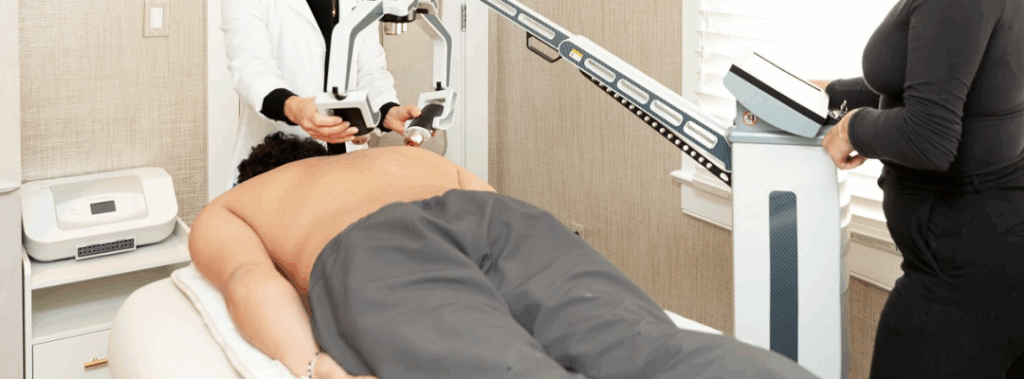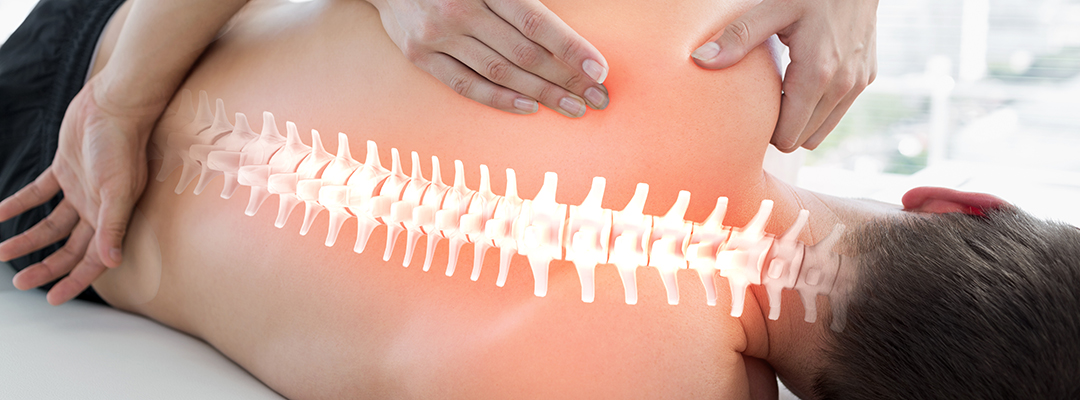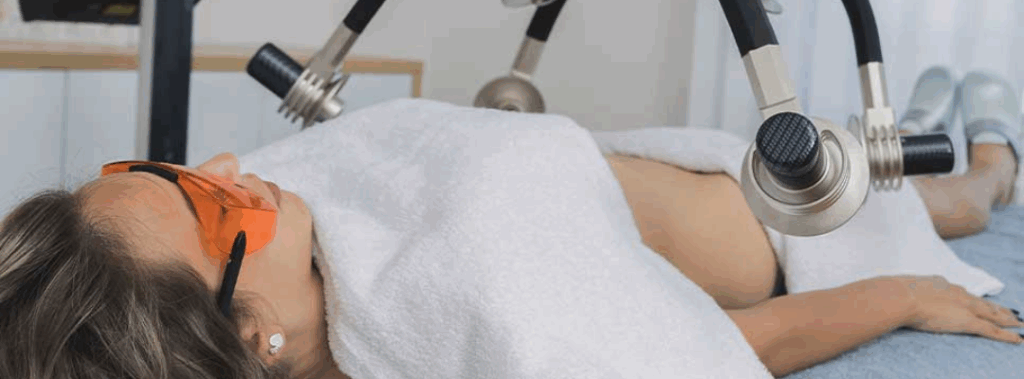
7-Minute Read
Musculoskeletal conditions cast a shadow on countless lives, urging the pursuit of effective and minimally invasive pain remedies. While traditional therapies provide partial respite, their boundaries fuel a quest for alternatives.
Amid these choices, Low Level Laser Therapy (LLLT) emerges, heralding potential to soothe inflammation, mitigate pain, and advance recovery across an array of musculoskeletal conditions.
Defining Musculoskeletal Conditions
Musculoskeletal conditions encompass a spectrum of disorders, injuries, and irregularities affecting the intricate interplay of muscles, bones, joints, ligaments, tendons, and related tissues within the human body.
These conditions present as diverse manifestations, including discomfort, inflammation, restricted mobility, stiffness, and various impairments that compromise the seamless functioning of the musculoskeletal system. From acute injuries like fractures and sprains to enduring maladies such as osteoarthritis, rheumatoid arthritis, persistent back pain, tendonitis, and a myriad of others, musculoskeletal conditions cast a wide net over human well-being.

Musculoskeletal conditions, a top contributor to global disability according to the World Health Organization, are becoming an increasingly pressing concern worldwide. ¹
It is imperative to recognize that these conditions wield considerable influence over an individual’s capacity to navigate daily life, engage in routine activities, and uphold their overall physical vitality.
According to the World Health Organization (WHO), musculoskeletal conditions are the leading contributors to global disability, with low back pain alone being the predominant cause of disability in 160 countries.¹ The exponential growth in the prevalence of musculoskeletal conditions, driven by factors like population growth and aging, highlights their increasing importance on the global health landscape.¹
Addressing musculoskeletal conditions typically necessitates a multifaceted approach, encompassing medical interventions, physical therapy, tailored exercise regimens, pain management strategies, and adjustments to one’s lifestyle.
Check out this related article, Comparing Cost of LLLT to Other Treatments. We compare LLLT to other forms of treatment such as pharmaceutical and surgical treatments.
These strategies strive not only to alleviate symptoms but also to empower individuals to regain their mobility, enhance their quality of life, and mitigate the far-reaching consequences of musculoskeletal impairments.
However, one promising and trailblazing method has emerged in the form of Low-Level Light Therapy (LLLT). In this article, we’ll explore LLLT, a non-invasive, light-powered path to healing, and discover how this therapy is illuminating another way towards effective musculoskeletal condition management.
Defining Low Level Laser Therapy
At the core of LLLT is the laser. Laser itself is an acronym that stands for Light Amplification by Stimulated Emission of Radiation. They are unique sources of monochromatic, collimated, and coherent light, emitting precise and singular wavelengths that exhibit remarkable properties when harnessed for therapeutic purposes.
In the context of musculoskeletal health, LLLT moves to the forefront by channeling this extraordinary light into precisely targeted, non-invasive treatments tailored to address musculoskeletal conditions. It’s a gentle yet remarkably potent approach, notable for its distinctiveness among therapies, as it operates without generating heat, sound, or vibration.
Explore More LLLT Applications
LLLT’s Cellular Influence
Low-Level Laser Therapy (LLLT) exerts its cellular influence through the modulation of connective tissue cells, primarily fibroblasts, keratinocytes, endothelial cells, and lymphocytes, which all play a role in tissue regeneration.²
Utilizing wavelengths ranging from 660 nm to 905 nm, LLLT penetrates skin, soft tissues, and resilient structures, allowing it to deliver a profound impact on various musculoskeletal conditions.
According to a 2015 study², this deep-seated influence provides several key benefits:
- Pain Alleviation: LLLT effectively reduces pain associated with musculoskeletal issues.²
- Inflammation Control: It helps in mitigating inflammation, a common feature of such conditions.²
- Tissue Regeneration: LLLT expedites tissue renewal processes, aiding in the recovery and healing of damaged structures.²
The effectiveness in addressing these aspects makes it a valuable addition to the toolbox of healthcare providers, offering patients a safe and cost-effective approach to managing musculoskeletal pain and improving their overall quality of life.
Delineating LLLT and High Power Laser Therapy (HPLT)
Laser safety standards are of paramount importance in overseeing the wide-ranging applications of laser technology. These standards classify lasers into four general classes, each associated with established exposure limits known as Maximum Permissible Exposures (MPEs)3. Low-power lasers, like those utilized by Erchonia Corporation, belong to Class 2, indicating a minimal risk to human safety³.
LLLT, often informally referred to as “Cold Laser,” distinguishes itself by its unique capability to administer therapeutic laser treatment without generating noticeable heat during the procedure. This non-thermal characteristic is crucial for avoiding potential harm from the heating effects of laser radiation, especially given the human eye’s sensitivity to laser radiation in the retinal hazard region³. The importance of adhering to laser safety standards, such as those outlined in the ANSI Z136 Standards, cannot be overstated4.
Learn More About Laser Classifications
In contrast, High Power Laser Therapy (HPLT) is categorized as Class 4 lasers³. These lasers are characterized by their ability to generate surface warmth during treatment due to their higher power density³. It’s essential to exercise stringent safety precautions and adhere to laser safety guidelines when working with Class 4 lasers like HPLTs, given their potential for significant risks, including eye and skin exposure, tissue damage, and burns4.
The differentiation between LLLT and HPLT is pivotal in defining their therapeutic applications. LLLT, renowned for its non-thermal, low-power attributes, remains the preferred choice for targeted therapeutic benefits without the risks associated with thermal interactions.
LLLT’s Dynamic Musculoskeletal Impact
The potential multifaceted impact in musculoskeletal physiotherapy is vast, offering a diverse array of applications.
Physiotherapists routinely harness the power of LLLT to effectively manage a wide spectrum of musculoskeletal conditions, to promote healing and alleviate discomfort. Here are some common use cases:
- Knee, hip, and ankle osteoarthritis
- Rheumatoid arthritis
- Temporomandibular joint disorders (TMD)
- Shoulder impingement syndromes
- Hip or shoulder bursitis
- Low back disc degeneration
- Disc herniation
- Sciatica
- Neuropathic pain
- Tendonitis
- Tennis elbow
- Plantar fasciitis
- Lymphedema pain and volume reduction
In conclusion, as musculoskeletal conditions continue to cast a shadow on countless lives, the pursuit of effective and minimally invasive pain remedies remains paramount. While traditional therapies offer partial relief, the search for alternatives persists. Low Level Laser Therapy (LLLT) has emerged as a promising beacon of hope, with the potential to soothe inflammation, alleviate pain, and advance quality of life for individuals battling musculoskeletal issues.
Related Reading: Forecasting the Next 20 Years of Low-Light Laser Therapy in Medicine
References:
- World Health Organization. 2022. Musculoskeletal health. Retrieved from https://www.who.int/news-room/fact-sheets/detail/musculoskeletal-conditions
- Cotler, H. B., Chow, R. T., Hamblin, M. R., & Carroll, J. National Library of Medicine. 2015. The Use of Low Level Laser Therapy (LLLT) For Musculoskeletal Pain. Retrieved from https://www.ncbi.nlm.nih.gov/pmc/articles/PMC4743666/
- Erchonia. Laser Classification. Retrieved from https://www.erchonia.com/laser-classification/
- The Laser Institute of America (LIA). ANSI Z136 Standards. Retrieved from https://www.lia.org/resources/laser-safety-information/laser-safety-standards/ansi-z136-standards
Not All Light is the Same [Free eBook Download]
Discover the benefits of Low-Level Laser Therapy (3LT®) by Erchonia, a world leader in the field of 3LT® technology. Learn how 3LT® can help reduce the need for prescription opioids for chronic low back pain, the science behind 3LT® and the difference between visible lasers and infrared lasers.



